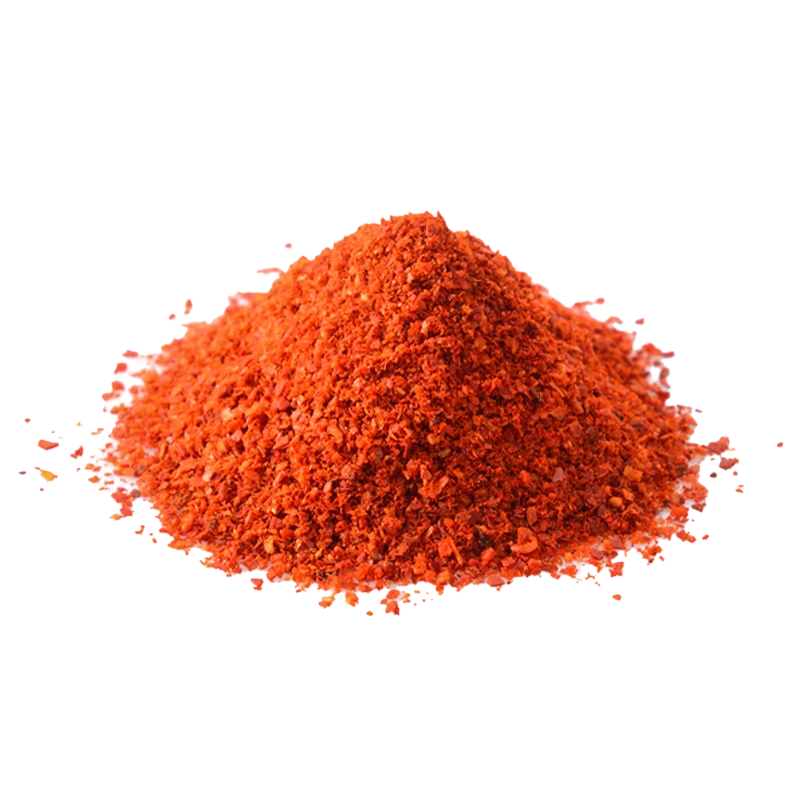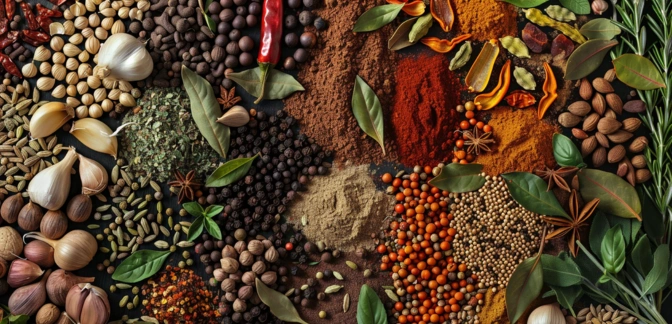Cayenne Pepper — Nutrients, Health Benefits, And Shopping Tips

Written by Listonic Team
Last update on September 4, 2024
Nutrients
Nutrition facts
Amount per 100 g
Calories
🔥 318 kcal
| Nutrition per: 100 g | Value | % Daily Value* |
|---|---|---|
| Carbs | 57 g | 20.73% |
| Fiber | 27 g | 96.43% |
| Sugars | 10 g | 20% |
| Glycemic Index | 50 | - |
| Protein | 12 g | 24% |
| Sodium | 30 mg | 1.3% |
| Total Fat | 17 g | 21.79% |
*The % of Daily Value (DV) tells you how much a nutrient in a serving of food contributes to a daily diet. 2,000 calories a day is used for general nutrition advice.
27 g
✅ High Fiber Content
12 g
🧀 Good Protein Content
Key takeaways
Health benefits
- Boosts metabolism due to the capsaicin content, which can increase calorie burning and reduce appetite.
- Contains antioxidants, such as Vitamin A and Vitamin C, which help protect the body from free radicals and support immune function.
- Supports digestive health by stimulating the production of digestive enzymes and improving gut motility.
- May reduce pain due to its capsaicin content, which can act as a natural pain reliever by desensitizing pain receptors.
- Promotes cardiovascular health by improving blood circulation and reducing the risk of blood clots.
Health risks
- Potential for digestive irritation causing heartburn, stomach pain, or diarrhea, particularly in individuals sensitive to spicy foods.
- Risk of allergic reactions in some individuals, causing symptoms like itching, swelling, or difficulty breathing.
- Possible interaction with medications particularly those affecting blood clotting or blood pressure, as cayenne pepper can have an impact on these functions.
- Skin and eye irritation if cayenne pepper comes into contact with sensitive areas, potentially causing burning sensations or inflammation.
How to choose cayenne pepper
Cayenne pepper powder should be a bright, consistent red color. It should have a spicy aroma that is not overpowering. The texture should be fine and free from any clumps, ensuring it is fresh and has been stored properly.
Do not buy cayenne pepper that appears dull or has visible clumps, which can suggest moisture exposure. Quality cayenne will have a potent heat that is noticeable even in small amounts.

How to store cayenne pepper
Cayenne pepper should be kept in an airtight container in a cool, dark place. A spice cabinet away from heat and light helps preserve its potency. Properly stored, cayenne pepper can last up to two years.
Heat and humidity can cause cayenne pepper to lose its flavor and color. Avoid storing it near the stove or other warm areas. Ensure the container is tightly sealed to keep out moisture and maintain its spicy kick.
✅ Extra Tip
How long does it last?
Cayenne pepper can last for 3-4 years when stored in an airtight container in a cool, dark place. Ground cayenne pepper retains its flavor longer when kept away from heat, moisture, and light.
What to do with leftovers?
Leftover cayenne pepper can be used in a variety of spicy and practical ways. In cooking, it adds heat and flavor to dishes such as soups, stews, sauces, and marinades. A small amount can elevate the taste of everything from eggs to roasted vegetables, and it’s a key ingredient in many spice blends.
Beyond cooking, cayenne pepper has several non-culinary uses. It can be used as a natural pest deterrent; sprinkling cayenne around your garden can help keep animals like squirrels and rabbits away from your plants. Cayenne pepper is also known for its medicinal properties; it can be mixed with warm water and honey to create a soothing drink for sore throats or used in a muscle rub to help relieve pain and inflammation. Additionally, cayenne pepper can be added to birdseed to deter squirrels without bothering the birds, as they are unaffected by the spice.
👨⚕️️ Medical disclaimer
Discover products from other categories
Listonic Team
Fact-checked
Our editorial team checked this article to make sure it was accurate at the time of publishing it.
Get the top-rated shopping list app on your phone!







